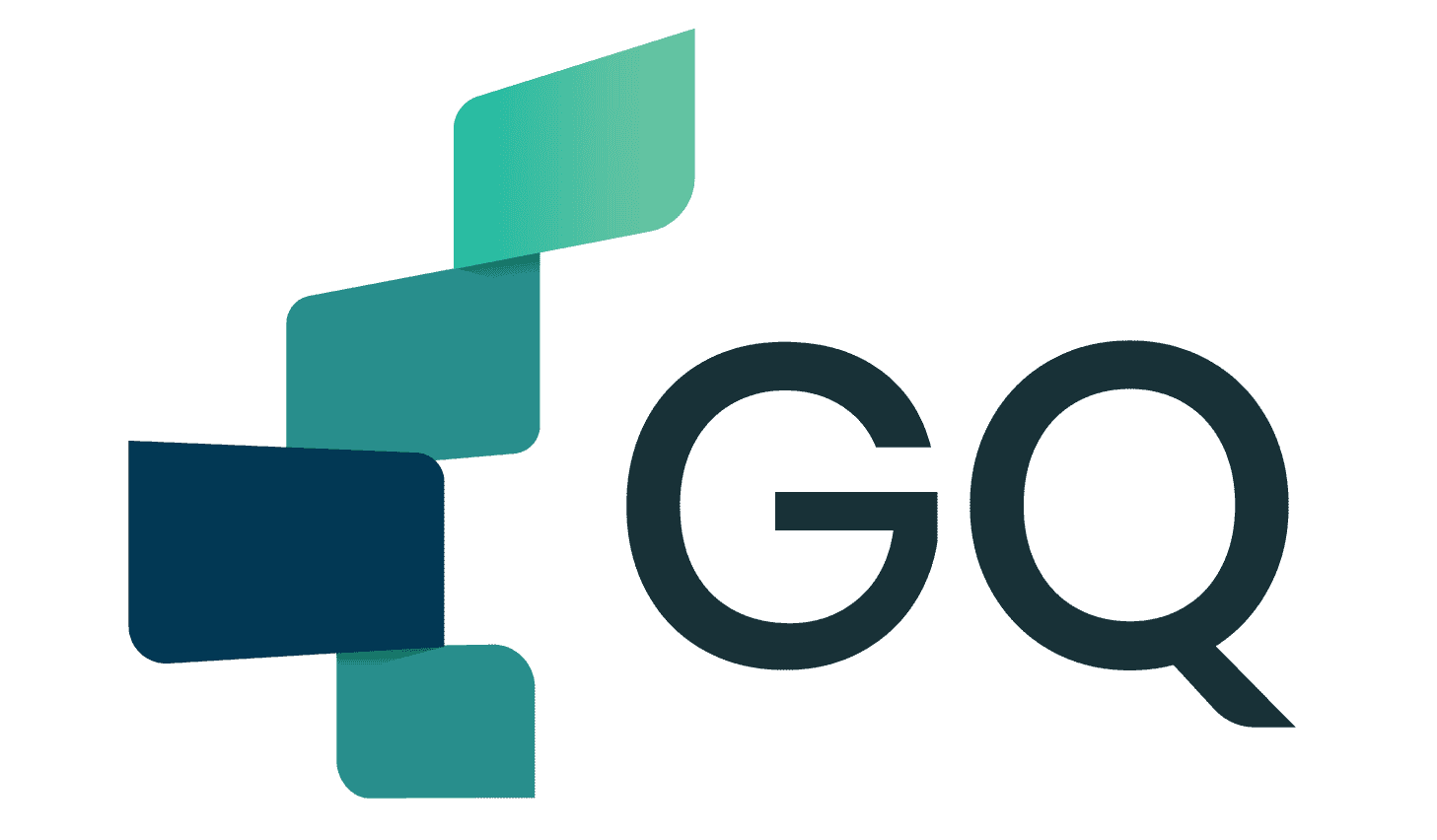
- Importance of Talent Sourcing
- Benefits of Effective Talent Sourcing
- Challenges in Talent Sourcing
Talent sourcing is a critical aspect of the recruitment landscape, involving the active pursuit of potential candidates who may not yet be visible in the traditional job market. Unlike conventional recruitment methods, which primarily focus on filling current job openings, talent sourcing is about building a future-ready talent pool. The process begins with developing a strategic plan that outlines where and how to identify candidates, ensuring alignment with organizational goals.
This approach not only involves job postings and headhunting but also leverages networking, social media, and other digital platforms. By incorporating both internal and external strategies, talent sourcing enables organizations to remain agile and adapt to evolving industry trends and business needs.
Regular collaboration with sourcing partners and ongoing evaluations are essential components for maintaining an effective talent pipeline, ensuring that the organization is well-equipped to meet its recruitment needs promptly and efficiently.
What Is Talent Sourcing?
Talent sourcing is the process dedicated to identifying, researching, and engaging with potential candidates, transforming them into job applicants. Unlike traditional methods, talent sourcing focuses on securing a steady flow of high-caliber candidates, ensuring that workforce demands can be met proactively.
Strategies employed can be both internal and external. Internally, this might involve promoting existing employees, while externally, it focuses on attracting new talent through various means. Common strategies include job postings on websites and boards, leveraging employee referrals, social media campaigns, and actively headhunting. The success of talent sourcing lies in its flexibility to adapt to modern talent trends and organizational requirements, pivoting its approach to meet changing market demands.
A clear distinction between talent sourcing and talent acquisition is key; while the former deals with candidate identification and outreach, the latter encompasses the full cycle of hiring and retention.
Talent Sourcing vs. Traditional Recruiting
The main differentiator between talent sourcing and traditional recruiting is the proactive nature of the former. Talent sourcing involves actively searching for candidates through diverse channels like social media, professional networks, and online platforms.
It is not reliant solely on candidates applying to job postings. This approach allows companies to build relationships with potential candidates, even those not actively seeking new roles, ensuring they are prepared for future recruitment needs.
Traditional recruitment, on the other hand, is reactive, primarily focusing on filling specific roles as they become available. It often appeals to individuals already actively job hunting. By incorporating talent sourcing into recruitment strategies, organizations can create a robust talent pipeline, enriching the quality and diversity of their candidate pool. As such, talent sourcing is integral to developing a strategic and long-term approach to recruitment, providing greater flexibility and foresight in workforce planning.
Importance of Talent Sourcing
The importance of talent sourcing in today’s competitive job market cannot be overstated. By developing a vetted candidate pipeline ahead of time, organizations are able to increase the efficiency of their hiring process significantly. This proactive approach not only contributes to strategic recruitment but also aids in conserving resources by reducing the time and cost associated with filling roles.
Unlike traditional recruitment, which waits passively for applications, talent sourcing employs active strategies to engage potential candidates, emphasizing relationship building to attract top talent.
This is especially crucial in fields where technical and digital skills are highly sought after, making competition intense. To maximize the effectiveness of talent sourcing, organizations must continually analyze their sourcing channels and refine their strategies accordingly.
Ultimately, talent sourcing is the initial step in the recruitment journey, playing a pivotal role in organizational growth by ensuring a consistent and high-quality flow of candidates tailored to business objectives.
Proactive Candidate Search
Creating a candidate persona involves understanding the ideal characteristics and qualifications of potential hires. This understanding helps tailor the talent sourcing approach to attract individuals who fit the organizational mold. Implementation of a talent sourcing strategy necessitates diligent tracking of candidates in the talent pipeline, fostering communication with sourcing partners to refine the process.
Additionally, building a database of pre-qualified candidates enables organizations to quickly access skilled individuals, streamlining early-stage recruitment efforts. External talent sourcing, including job postings, employee referrals, and social media recruiting, further widens the search by identifying candidates from outside.
Building a Talent Pipeline
Building a talent pipeline is a dynamic process that adapts talent sourcing strategies to align with a company’s core values and business needs. This process demands ongoing evaluation to ascertain which aspects of the strategy perform well and which require alterations. Regular communication with sourcing partners is fundamental, particularly when some sourcing activities are outsourced.
Collaboration can amplify the pipeline’s effectiveness, ensuring a steady stream of qualified candidates. Leveraging AI technology enhances pipeline management by automating routine tasks such as resume scanning and interview scheduling. Moreover, innovative recruitment methods are vital to engaging prospective candidates effectively. Personalized strategies attract and retain new recruits, even during times of talent scarcity, by aligning with early-career professionals’ expectations.
Utilizing Social Media
The integration of social media and digital platforms into a talent sourcing strategy allows organizations to proactively engage with candidates. Social media recruiting involves actively searching for potential candidates and fostering relationships to ensure a continuous flow of qualified candidates, beyond traditional job postings. This approach identifies candidates who might not be actively job-hunting, widening the talent pool.
The strategy demands flexibility, adapting to the latest trends and technological advancements reshaping the talent landscape. By leveraging social media’s dynamic reach, companies enhance their talent sourcing capabilities, fostering a more engaged and responsive candidate search process.
Networking and Events
Networking events serve as invaluable opportunities for organizations to meet and engage with potential candidates who align with their vision and values. These events enable companies to communicate their unique value proposition and company culture, attracting individuals who resonate with their organizational ethos. Especially for early-stage startups, networking events offer a platform to delve into personal networks and secure employee referrals, enhancing the quest for suitable candidates.
Establishing recruitment channels through these engagements builds a robust talent pipeline. As part of a proactive talent sourcing strategy, networking events cultivate lasting relationships with candidates, positioning organizations to meet future talent needs effectively.
Employee Referrals
Employee referrals remain a dominant talent sourcing strategy due to their effectiveness and efficiency. By relying on current employees to recommend candidates, organizations tap into pre-vetted networks. This method often reduces the time required to fill positions, allowing for a quicker and potentially more successful recruitment process. It offers cost-effectiveness by minimizing the need for widespread job advertisements.
Furthermore, employee referrals can enrich workforce diversity when aligned with a company’s diversity recruitment objectives. Organizations gain the advantage of onboarding candidates with a higher likelihood of fitting both culturally and professionally, thus reinforcing an already aligned workplace environment.
Early-Stage Talent Sourcing
Early-stage talent sourcing focuses on identifying and recruiting candidates who are at the beginning of their professional journey. These individuals, often with academic knowledge but limited practical experience, are typically seeking entry-level or graduate roles. The goal is to streamline their transition into the workforce, providing them with opportunities to learn and grow within their chosen industries.
Companies frequently capitalize on a pre-assessed pool of candidates, evaluating them based on specific domains, aptitudes, and behavioral competencies to align their abilities with job requirements. This approach ensures that early-stage talent is set up for long-term success, benefiting both the individual and the organization.
Startups and Growing Companies
Startups and growing companies face unique challenges in talent acquisition, needing a strategy aligned with their long-term vision rather than just immediate hiring needs. Developing a comprehensive talent acquisition blueprint is essential, including detailed role scorecards that help identify skills and cultural fit for future objectives.
Engaging with potential talent early, even while candidates are still in education, prepares companies to combat talent shortages effectively. Such proactive measures allow for intentional recruitment decisions that support scaling objectives and enhance company culture. Emphasizing ongoing talent acquisition processes rather than one-time recruitment can significantly shape a startup’s future success.
Building an Employer Brand
Building a compelling employer brand is critical for any company seeking to attract and retain top talent. This process involves effectively showcasing the organization’s values, culture, and unique offerings through social media, recruitment materials, and other platforms. A strong employer brand not only increases the number of qualified candidates but also accelerates the hiring process, sometimes halving the time required.
Furthermore, organizations with robust employer branding practices experience significantly higher employee engagement and reduced turnover. This is achieved by highlighting aspects beyond mere compensation, such as work-life balance, employee wellness, and growth opportunities, creating a rounded and attractive proposition for potential candidates.
Exploring Diverse Talent Pools
Exploring diverse talent pools involves leveraging various platforms and communication channels to reach the right candidates, wherever they are. Companies must adopt data-driven talent sourcing strategies to filter and engage with prospects that best fit their needs. This requires not only attracting diverse candidates but also motivating them to engage with the recruitment process, despite any inherent challenges.
A strong employer brand plays a crucial role here, serving as a strategic marketing tool that can attract and distinguish an organization in the eyes of diverse potentials. Moreover, using AI-driven tools enhances access to diverse talent by analyzing social profiles, public resumes, and specialty sites, reaching talents that might otherwise be overlooked through conventional recruitment methods.
Download our e-book
Download our free e-book to discover how GQ Interim can transform your business with expert leadership solutions!
Benefits of Effective Talent Sourcing
Effective talent sourcing is an integral part of modern recruitment strategies, significantly impacting time efficiency and cost-effectiveness. By building a thoroughly vetted pool of candidates in advance, companies can expedite the process of filling positions as soon as they become available. This approach not only reduces the reliance on numerous job advertisements but also cuts down the associated costs.
- Enhancing Workforce Diversity
By adopting inclusive hiring practices and utilizing a wide range of recruitment sources, companies can attract a broad spectrum of candidates from diverse backgrounds. This strategy often involves outsourcing talent sourcing to tap into a vast pool of professionals across different regions and industries. Doing so not only promotes diversity but also combats discrimination and biases often present in the recruitment process.
- Improving Candidate Quality
High-quality placements result from a preselection process that carefully evaluates candidates before they advance in the talent acquisition stages. Tools like Ceipal’s AI-driven software for resume parsing can significantly enhance this process by analyzing candidates’ technical skills, work experience, and personalities. A streamlined and transparent hiring process, reflecting the company’s values, also contributes to attracting superior candidates.
- Reducing Time to Hire
This approach can cut down the hiring time by up to 40%, thanks to streamlined selection processes. By engaging a pool of pre-assessed candidates, organizations can quickly identify the best fit for open positions. Maintaining a database of pre-qualified candidates further aids in accessing talent rapidly, making it easier to fill roles promptly. Engaging both active and passive candidates allows for quick action when suitable candidates are needed, ensuring a swift hiring process.
- Aligning with Long-Term Business Goals
This involves continuously redefining candidate personas to match the evolving needs of the business and ensuring that sourcing strategies remain aligned with organizational objectives. Regular communication between hiring managers and recruitment teams is vital to making necessary adjustments. A flexible and agile talent sourcing plan that incorporates the latest talent trends helps maintain alignment with these long-term goals. Implementation should also focus on creating and maintaining a robust candidate pipeline that supports both current and future organizational requirements.
Tools and Techniques for Talent Sourcing
Data-Driven Insights
Talent acquisition analytics delivers critical insights, enabling recruitment teams to make informed decisions about which strategies are most effective. By using technology to analyze data from diverse candidate and recruitment sources, companies can uncover patterns, such as the effectiveness of various sourcing channels.
This approach allows organizations to refine their strategies continually, ensuring they reach suitable candidates. Regular collaboration with hiring managers is crucial, helping refine candidate personas and optimize sourcing strategies based on what works and what doesn’t.
Talent Analytics
Talent analytics has emerged as a pivotal component of modern recruitment, offering profound insights that enhance strategic planning and decision-making in talent acquisition. A data-driven talent acquisition guide leverages key metrics to optimize every stage of the recruitment process, ensuring efforts are targeted towards attracting the right candidates.
By tracking the effectiveness of talent sourcing strategies, businesses can make timely adjustments to align with organizational objectives. Implementing talent analytics requires ongoing monitoring and process adjustments, maintaining agility to adapt swiftly to changing business needs and evolving talent trends.
Recruitment Technologies
The implementation of recruitment technologies has revolutionized talent acquisition strategies. Applicant Tracking Systems (ATS), for instance, streamline the management of job postings, track candidate pipelines, and facilitate communication, contributing significantly to the efficiency of talent acquisition processes.
Leveraging social media and online platforms broadens the organization’s reach, enhancing employer branding to attract a wider range of potential candidates. Predictive tools also play a crucial role, evaluating candidates’ suitability, especially when applications are abound with similar credentials.
Challenges in Talent Sourcing
Overcoming Bias
Overcoming bias in talent sourcing is essential for fostering a diverse and inclusive workplace. Incorporating diversity recruitment plans into talent sourcing strategies can significantly contribute to meeting organizational diversity goals. Regular interactions during the sourcing process help in building credibility and mitigating bias, thereby aligning candidate selection more closely with the company’s needs.
Managing a Large Talent Pool
A well-maintained database of pre-qualified candidates allows companies quick access to skilled individuals, thus reducing the time-to-hire during recruitment processes. Engaging proactively with both active and passive job seekers through various channels, such as social media, job boards, and professional networks, helps in expanding the talent pool beyond conventional methods.
Keeping Up with Industry Trends
Staying abreast of industry trends is crucial for organizations seeking to refine their talent sourcing strategies. An understanding of current market dynamics allows companies to adapt and remain competitive in attracting top talent. Regularly reappraising and improving talent sourcing strategies ensures that businesses can effectively meet the demands of the evolving talent landscape. By staying informed about industry developments, organizations can strategically cast their talent net to attract high-quality candidates.
Conclusion
In conclusion, a dynamic talent sourcing strategy is crucial for organizations to stay competitive and align with the evolving workforce landscape. Agile and flexible approaches allow businesses to adapt to current talent trends, while regular updates to candidate personas ensure the attraction of suitable candidates. Maintaining an effective talent pipeline involves tracking candidates and ensuring seamless communication with sourcing partners.
Talent sourcing operates on both internal and external fronts, ranging from job postings and employee referrals to social media recruiting and headhunting. Investing in strong strategies—whether in-house or with an RPO—drives future growth and effectively engages passive candidates.
Interested in Interim Expert?
Discover how interim management can dramatically increase the efficiency of your business. Get in touch with our team to learn how working with GQ Interim will improve your company.
- Get started within few days
- Database of 10 000+ consultants
- Solving crucial problems of your business
- Custom solutions for your business needs
- Proven results with measurable impact
Related articles

- A balanced scorecard example demonstrates how organizations can measure more than just financial performance. Developed by Robert Kaplan and David Norton, the balanced scorecard tracks goals across finance, customers, internal processes, and learning & growth. By aligning these perspectives, it ensures that daily operations support long-term strategy and sustainable growth.

- The Theory of Constraints (TOC) is a structured approach to improving organizational performance by focusing on the single most limiting factor—the constraint. Whether it’s a production bottleneck, market demand, or a sales conversion gap, TOC answers three core questions—what to change, to what to change, and how to cause the change—and drives continuous improvement through five disciplined steps: identify, exploit, subordinate, elevate, and repeat.

- Software quality assurance ensures that software consistently meets stakeholder needs by preventing defects and validating that products align with defined quality attributes (e.g., reliability, security, performance). Blending defect management practices with standards-based quality models like ISO/IEC 25010 helps teams plan, measure, and continuously improve quality throughout the lifecycle.

- During our jobs we meet very often with many symbols and shortcuts or abbreviations e.g. FMEA, PPAP, CC, SC etc. When I did my first internal audit at work I had to also check the implementation of CE marking. Previously I have done the research what is this CE marking to not be absolutely lost in this area. So what is it and how is itused?
